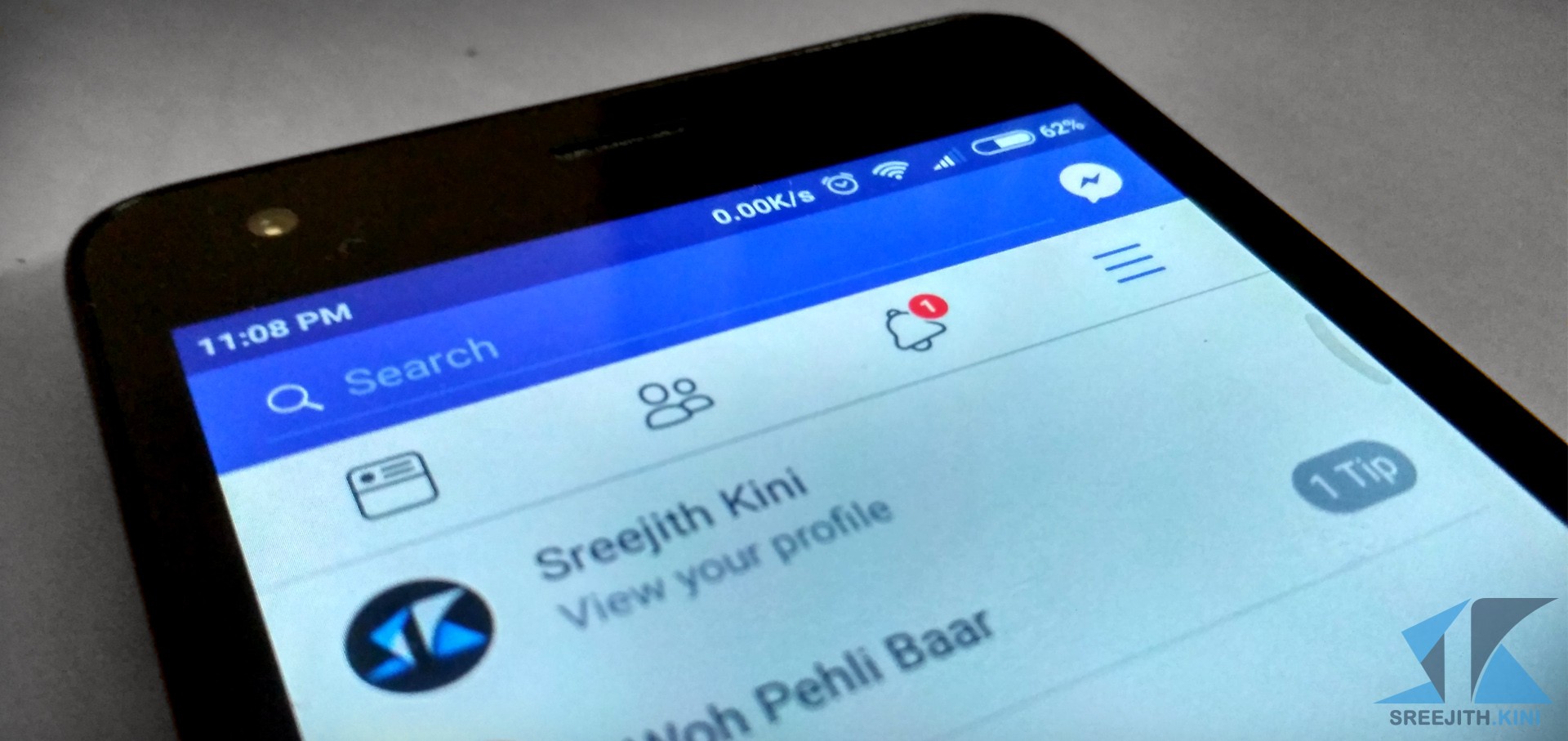Everything about Mumbai Local trains
The journey does not start within the train only, but also right from searching the platform to catching a train before anyone else does.

Every Mumbaikar’s integral life consists of Vada paav, traffic signals and the local trains. The EMU trains, famously known as the local trains, runs round the clock, falling short of only few hours, carrying around 82 lakh passengers daily. The journey does not start within the train only, but also right from searching the platform to catching a train before anyone else does. A short nap by the trains in peak hours, results in massive crowding on platforms, bringing entire Mumbai to a grinding halt. Physics defying crowd in these trains is not the cup of tea for new individuals. Even daily commuters sometimes make mistakes in minor things like coach positions etc.
This is a part of my research about local trains which every Mumbaikar should be aware of, and something more than what google would give.
1. Statistics
Have a look at these statistics in order to understand the intensity of topic and the need to conduct a research for the same.

2. Coach position
Coach position or reserved coaches in train is one of the areas where commuters are always mistaken, whether they are new or familiar to this train. Some are even confused with the number of coaches of the train. With 9 coach train completely stopped, 12 coach and 15 coach trains are dominating the system. There is always an indication of these reserved coaches on the platforms, but they are so poorly designed and placed that it becomes impossible to understand its use and meaning. The below figure will help you understand the exact positions of compartments, so you can make the most of it and don’t board a wrong coach. Better memorize it!

3. Design of rakes
The train coaches known as ‘rakes’, are designed in a module, often given out to coach manufacturing companies in batches. These rakes are imported into India and modified as required in the integral coach factory. First batch of rakes were manufactured by BHEL, followed by Siemens and Bombardier with some major changes in design, material and looks of the rake. It provided relief to most of the issues of commuters still keeping scope for improvement.
3.1. Interior panelling and grab handles

In BHEL rakes, mild steel grab handles are used, while in Bombardier rakes, polycarbonate dual grab handles are used
In DC BHEL coaches
- Material of side wall and end wall panels: LP sheet
- Mild steel grab handles
Problems:
- Number of maintenance issues like damages due to trespasser’s activity.
- Damages to surface while removing graffiti.
- Loss of glossiness of sheets after few months of service.
- Poor level of illumination due to loss of refractivity.
In AC bombardier coaches
- Material of side panels: Fibre reinforced plastic panel
- Polycarbonate dual grab handles
Advantages:
- Reduced maintenance and improved aesthetics.
- Easy hold of grab handles compared to older design.
3.2. Seating

BHEL compreg laminated seats and Bombardier’s polycarbonate seats
In DC BHEL coaches
Material of seats: Framing of Mild steel with powder coating and seat made up of compreg laminated sheet
Problems:
- Generally requires replacement due to wear and tear
In AC bombardier coaches
Material of seats: Stainless steel tubular frames and injection moulded polycarbonate seats
Advantages:
- Improved aesthetic standards and reduced wear and tear.
- Recyclable and eco-friendly.
3.3. Windows

MS rods and glass shutter in BHEL. Aluminium frame, plycarbonate louver and stainless steel wire in Bombardier
In DC BHEL coaches
Aluminium Windows with fixed louver assembly and movable glass shutter and MS rods in the external grill in the outer side wall frame.
Problems:
- Replacement of glass shutters due to breakages, corrosion of outer frame rods, etc.
- These windows were also very small in size ie. 610 x 762 mm.
- Poor ventilation during rainy days when the window glass is closed.
In AC bombardier coaches
Aluminium window frames, polycarbonate fixed louver shutter, movable toughened safety float glass, stainless steel wire for grills. Window size: 915mm x 990mm.
3.4. Ventilation

A very serious problem on Mumbai suburban has been that of a very suffocating ambience in the interiors in the event of heavy rush during peak hours. There was no ventilation system in BHEL coaches. A major improvement done on the new generation bombardier coaches is the provision of a forced ventilation system to get over this problem.
The Ventilation system comprises three main components or subsystems:
- Air handling units (AHUs) discharge outside fresh air to the saloon area. There are two AHUs per rail coach.
- The fresh air ducts distribute the outside fresh air evenly over the length of the rail coach. The fresh air leaves the duct through diffuser grills.
- Ceiling fans to re-circulate the air in the passenger area.
This was all about the trains. I and my team also conducted a design intervention on these trains to increase user comfort on the trains. Stay tuned for that post!
What do you want to share about the local trains? We would love to here from you in the comments section below.
He is a passionate architect from Virar, a small suburb of Mumbai. Apart from architecture, he is passionate about Film-making, programming, finances and dancing. He likes to be create-tive, which ultimately lead him in learning these diverse skills. Follow him on social networking platforms mentioned









